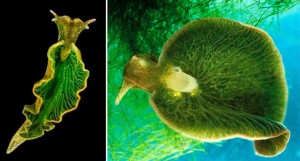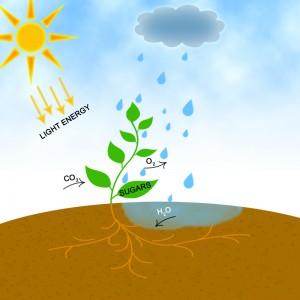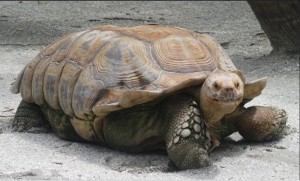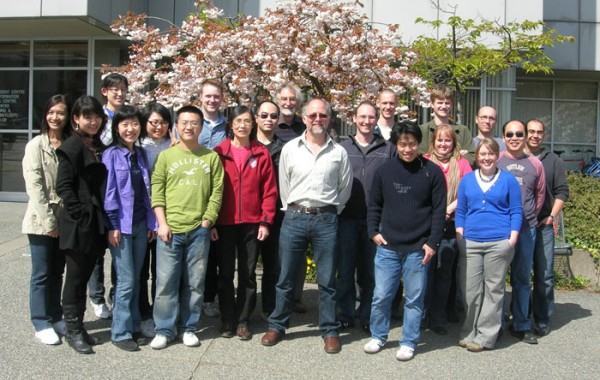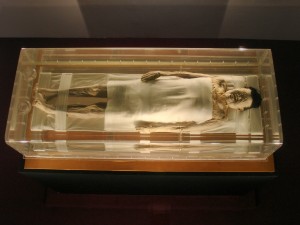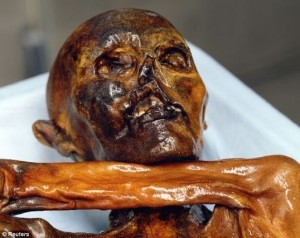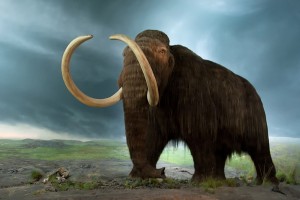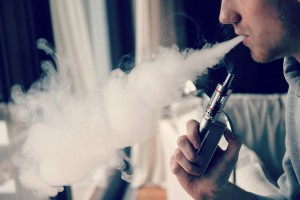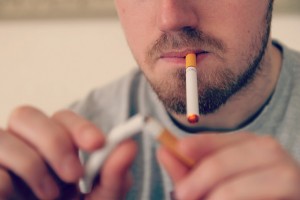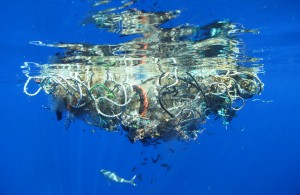Human being is the most social animal the world has ever known. It is also true that most animals are social animals in a sense that they interact entirely in their quest to live together, protect each other and work together. Bee, ant and most animals live in a colony. Through division of work, ants are believed to build their empire in a giant structure called anthill which most activities like incubating eggs and raising of young hatched one take place.
We do believe that ants are social animals and that they exploited the tactic of division of labor to manage their activities,however, little did we know that there is more to just being a social animals. Like human race where slavery was at one point and still going on,an order of the day, ants do have slave-making ants. Slave-making ants are parasites that attack and overrun the other ants’ nests to increase their work force of their colony.

Slave-making ants are divided into two main branches; permanent social parasites who depend on slaving their hosts ants all their lives or facultative slave-makers which partial depend on slave-making and working on their own Nest. (own.https://en.wikipedia.org/wiki/Slave-making_ant)
In order to maintain the working force in their empire, slave-making ants had to go raiding other nests. During the process of conducting raid, slave-making ants marked the way to their nest with pheromones,a chemical that is being secreted to trigger a social response from the members of the same species. After having properly spied and marked all the routs, slave-making ants will quickly attack the targeted host nest. When they have overrun and captured the nest,they will carry with them so many larvae and pupae to their nest using the trail they had previously marked with pheromones.
 Ant carrying larva during raiding.
Ant carrying larva during raiding.
During raiding, the targeted ants (host) colony will either respond in an attempt to defend their territory or flee. Photo credited to Wondergressive: Ants fighting during raiding
Photo credited to Wondergressive: Ants fighting during raiding
Once they decided to depend themselves, more adult ants from both species are killed in large number, but most studies (Ruano_et_al.2013) revealed that the targeted ants flight to save lives and slavery of their adults.
Slave-making ants raiding the neighboring colony.
The broods which are captured during raiding are later adapted and integrated into the nest and train them to work for their master.In most cases many captives grow up believing that they are in their own nest. This happen when larvae and pupae are raised up in the host empire and treat them as one of their own.
Kuol Biong

